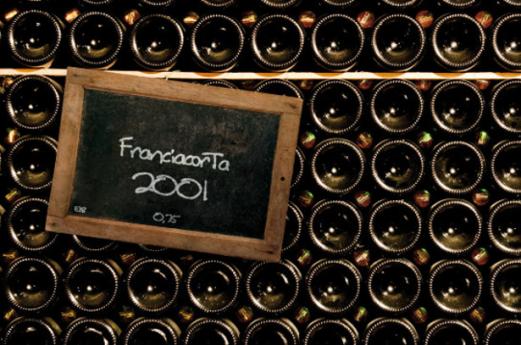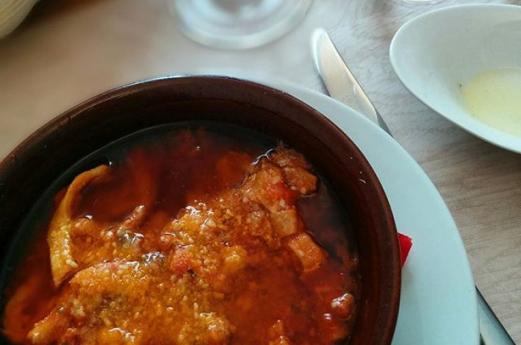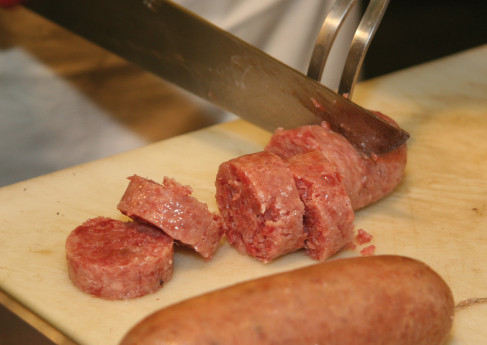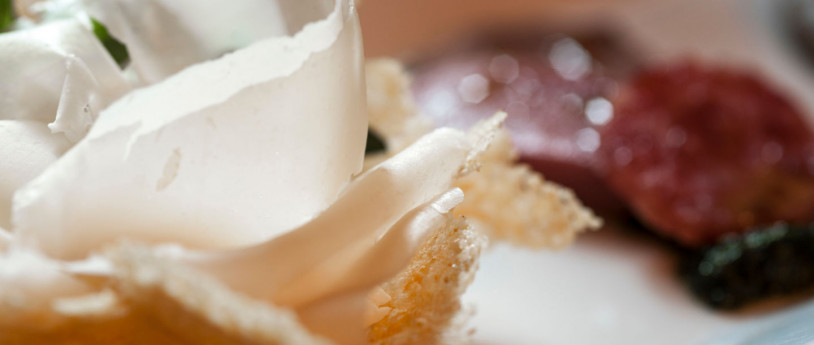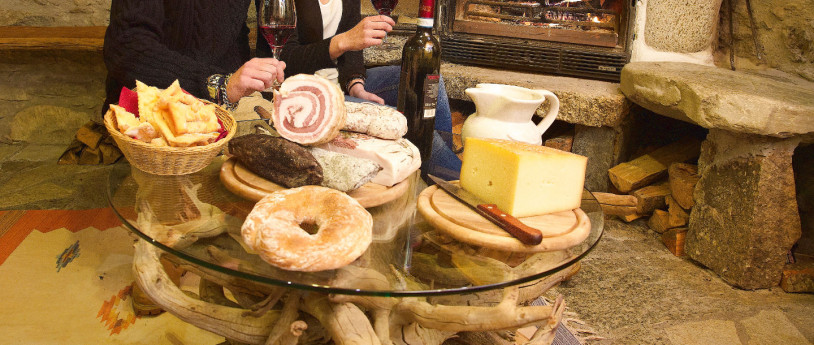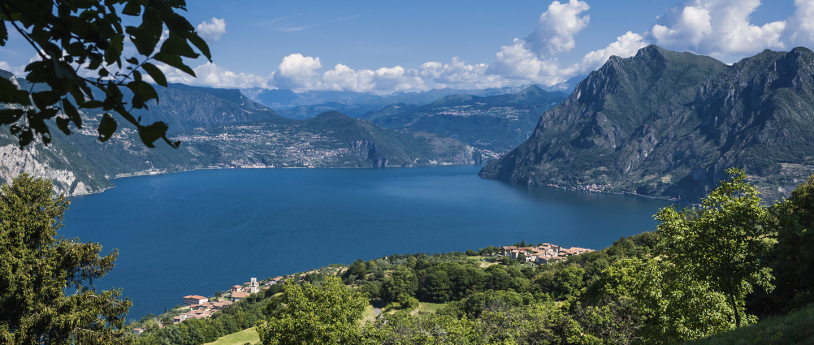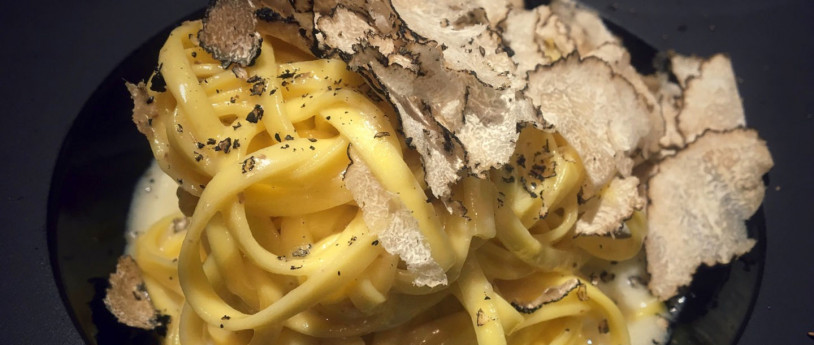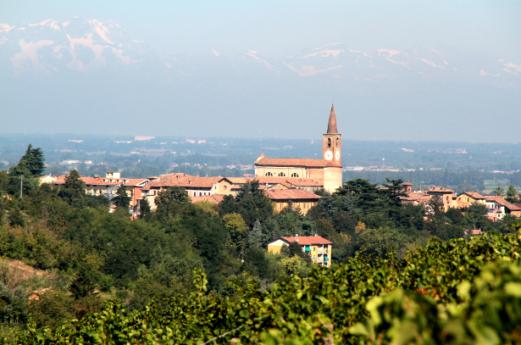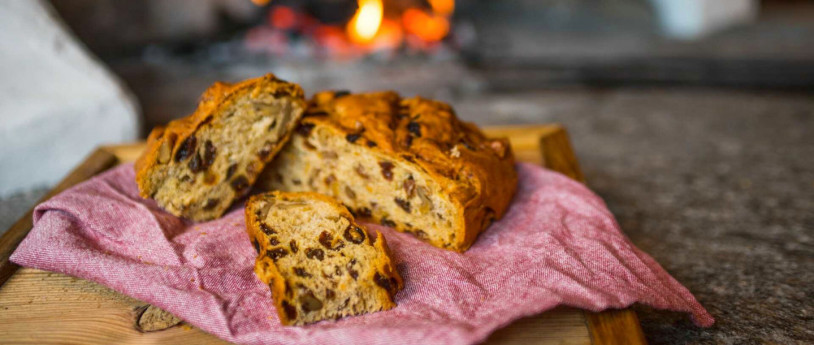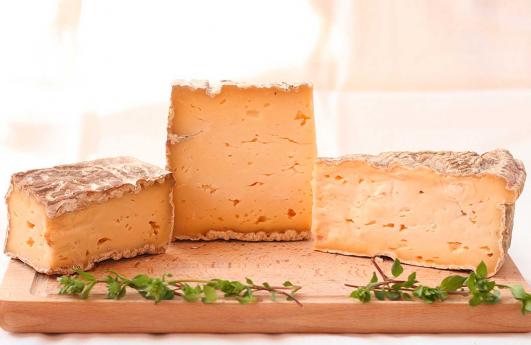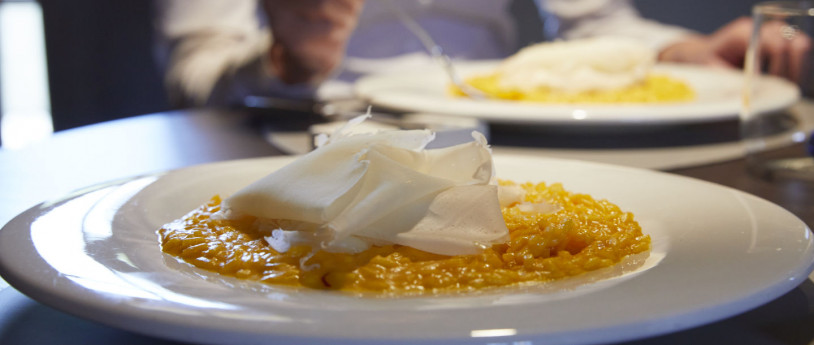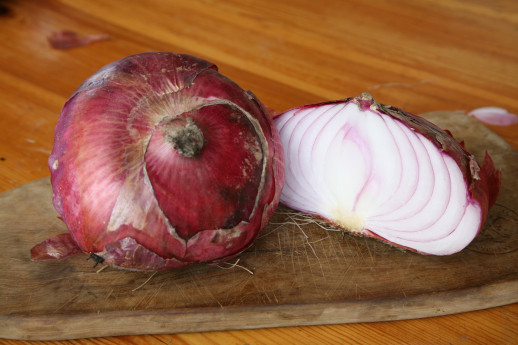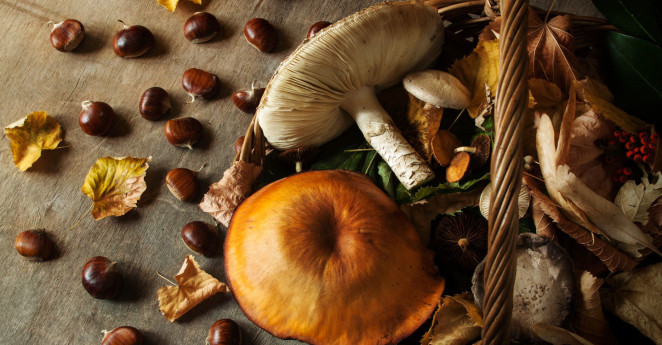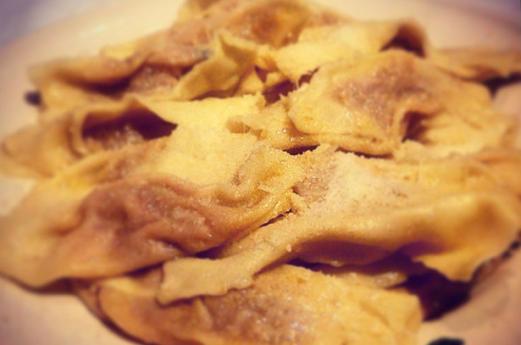- Food & Wine
Traditional cheeses of lombardy
It is from Lombardy that some of the most famous Italian cheeses come from all over the world
If, like me, you adore cheese, then Lombardy is the place for you! This region is home to some of Italy's most famous cheeses, which we find every day in our supermarkets, but next to which there are also some "gems", quite special but less well known.
The flat lands – so the southern part of the region – are where some very famous, widely available cheeses originate, such as Grana Padano DOP, Gorgonzola and mascarpone, fundamental ingredients of local dishes. But there are three other more unusual products that also originate from this area. Bella Lodi, recognisable by its black rind, offspring of the venerable "father of all grana cheese", Granone Lodigiano, is often served as raspadura (shavings). Salva Cremasco derives its name from being made to "save" (salvare) the excess production of milk in springtime and today, along with Taleggio and Provolone Valpadana, is protected by the Associazione Alti Formaggi. Lastly, Pannerone of Lodi, a cheese with absolutely no salt, is the object of a Slow Food Presidium and is currently only produced by Caseificio Carena.
The cheeses of the mountainous part of Lombardy would merit a treatise to themselves - every valley, every village, every shepherd's hut has its own highly traditional, quality product.
On this front, the province of Bergamo – and in particular Val Brembana – is an incredibly productive territory. Here is made the very famous Taleggio and the best opportunity for tasting it in all its shapes and varieties is certainly the Taleggio festival. Formai de Mut DOP and Branzi are another two cheeses frequently used in local dishes, particularly together with polenta taragna. In this same fertile territory another Slow Food cheese is made, Stracchino delle valli Orobiche. Its name originates from "stracc" (tired), because it was made from the milk of cows that were tired, resting on their long journeys to fresh pastures. Agrì di Valtorta is another Slow Food cheese that is little known and hard to find, for it is made exclusively by the local cooperative from the milk of 12 small local farms. The Arca del Gusto (SlowFood) project safeguards products at risk of extinction including, among many others, two other cheeses made in this valley: the blue cheese, Strachicunt DOP, still in existence thanks to one sole cheese-maker, and Fiurì di Valtorta or "flower of ricotta", so-called because made from a by-product of ricotta, so that nothing is wasted during the process.
The neighbouring province of Brescia also has a great production of cheeses. First and foremost is Bagoss di Bagolino, also known as "the cheese that cries" owing to the peculiar noise it makes when cut. Then there is Fatulì della Val Saviore, a rare goat's cheese of ancient origin, whose name, "little piece" alludes to its small size. Both are Slow Food presidia. Like Fatulì, Silter too comes from Val Camonica and is named for the place where it is matured. Between Lago d'Idro and Lake Garda there is a mountain that has given its name to a cheese - Tombea, of which only about a hundred cheeses are made each year by a single cheese-maker, who proudly carries on his family tradition.
Different valley, different cheeses – Valtellina, in the province of Sondrio, next to the productive Val Brembana, is the home of Bitto Storico, one of the symbols of Lombard cheese making, made up to over 2000 metres above sea level and key ingredient in the preparation of pizzocheri. Less known but equally precious for their rarity and risk of disappearance are Matusc, made when the animals move to fresh pastures in spring and autumn, and Scimudin, originally made of goat's milk and made at home in small quantities for family consumption.
We could continue to talk of new cheeses for pages and pages, however these are undoubtedly the areas richest in cheese-making traditions in Lombardy. All of Lombardy is criss-crossed by countless Strade dei Sapori (food and wine trails), promoted by local authorities and by the Region - an excellent starting point for discovering these and other cheeses. To learn more about the cheeses mentioned you can also take part in local festivals, of which there are many, often hard to locate online. One of the most important is the Taleggio festival held each spring. Bitto and Gorgonzola have their festivals in September. Those who would like to try a variety of different flavours and products should not miss the Salone dei formaggi brembani e dei vini della bergamasca (wine and cheese fair). In the province of Pavia each year a very curious competition is held… the Rolling Cheese Cup, where they compete in traditional cheese throwing. The cheese, obviously, must not be wasted, so at the end of the competition it is eaten, accompanied by local wines. I wouldn't miss it for the world!
